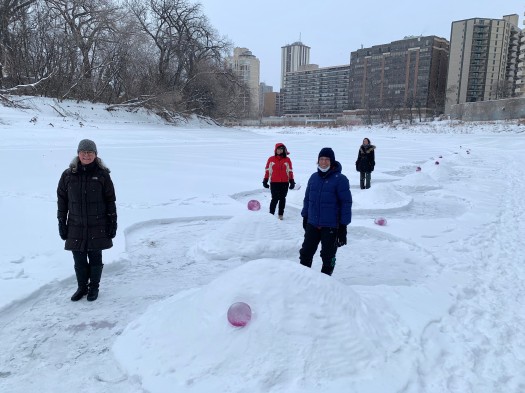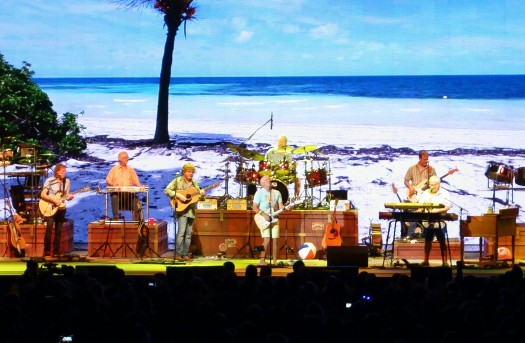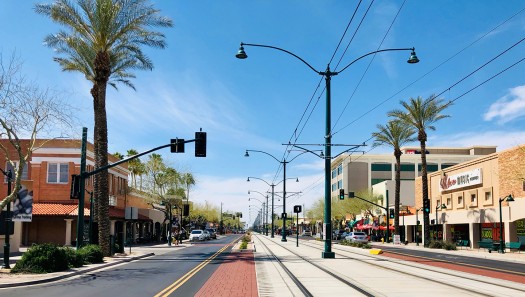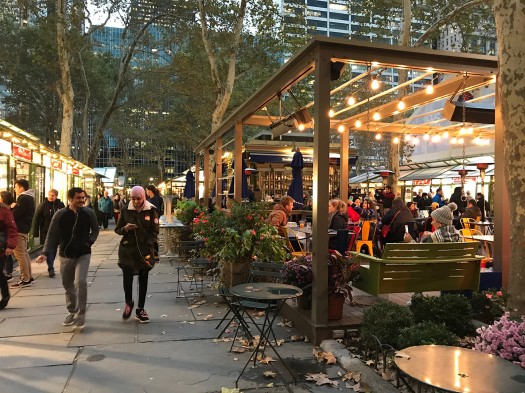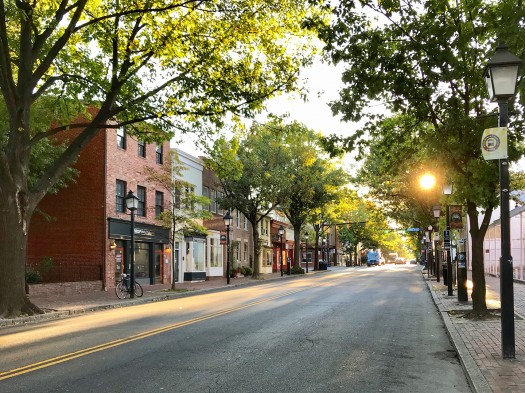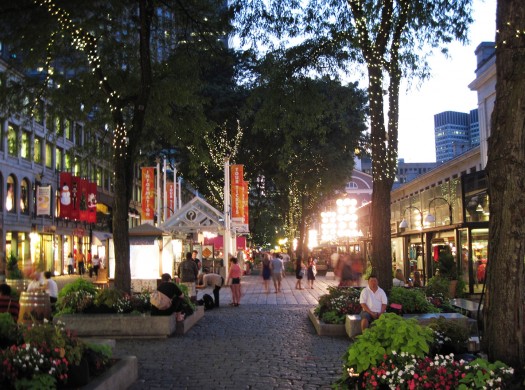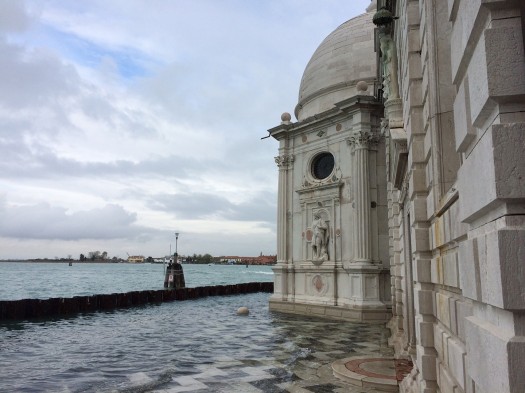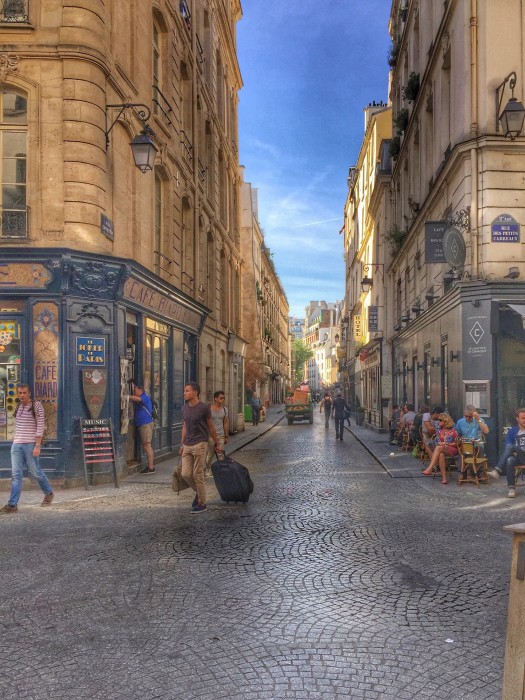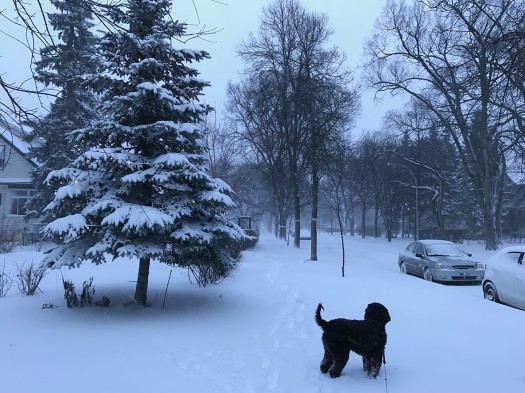Posts Tagged ‘nature’
Serpentine Maze: Pop-up parks in a time of pandemic
In this week’s post, PlaceMaker Hazel Borys walks us through a pop-up park that she and her friends built. And how it helps implement three of the 22 actions of the Pandemic Toolkit. Click below to launch.
Read MoreA Pirate Looks at . . . Seventy? (Reflections on a Long Career, with Six Essentials for Greener, Healthier Communities)
Most people who know my work expect the writing I do in this space, as well as my speaking, to focus on what we should be doing to create and sustain greener, healthier communities. Don’t worry, that’s eventually where this particular piece of writing is going. I can’t help myself when it comes to that subject. But I’m not going to start there: allow me to self-indulge my way around a few personal detours first. I’ll try to make them entertaining…
Read MoreCode Score: A New Aid for aligning policy and vision with outcomes
Whether we’re talking equity, affordability, jobs, health, or a list of other pressing topics, every community strives for more effective outcomes from policies to address a broad range of competing demands. The fact that the demands – and the strategies to address them – are competing for time and resources is its own problem, especially…
Read MoreThe Science Is In: The healthiest neighborhoods are both walkable and green
Most of us, most of the time, don’t make much connection between place – the neighborhoods where we live, work, and play – and our health. Not unless we’re thinking of such obvious local health concerns as an outbreak of infectious disease in the community, serious levels of pollution or toxicity nearby, or perhaps about local…
Read MorePlaces that Pay: Benefits of placemaking v2
“Reconciliation is making peace with reality, our ideals, and the gap in between,” via Her Honour, Janice C. Filmon, Lieutenant Governor of Manitoba. Much of our work here at PlaceMakers is about redirecting the trajectory of where we are headed with the targets needed to ensure the wellness of our environment, equity, and economy, so…
Read MoreCNU Climate Summit Highlights
A group of concerned urban designers, architects, ecologists, and economists gathered last week in Alexandria, Virginia, to discuss resilience at the CNU Climate Summit. Unable to join, I reached a few participants by phone and followed the Twitter hashtag, #CNUClimate, to hear highlights of the presentations and working groups. Several of their ideas resonate with…
Read MoreTen key ingredients of a green and healthy community
If someone asks what a green community, or a healthy one, means to you, what comes to mind? I’m willing to bet that for most people it is the visible and tangible aspects: a lovely city park, perhaps, or mature street trees, or bicycle lanes on a city street. If you’re a bit more wonky,…
Read MoreHurricane Harvey provides a sober reminder that resilience is about mitigation and adaptation
Most of us faraway bystanders are observing Houston’s response to Hurricane Harvey with concern at the devastation as well as encouragement at the stories of compassion. With sympathy to the current human suffering from Harvey, we are wishing Houstonians continued strength, fortitude, and safe passage this week. No amount of comprehensive planning or zoning reform…
Read MoreThe Trifecta: Urbanism, architecture, and nature
We often blog on the benefits of nature integrated into urbanism and wellbeing outcomes of walkability. The real trifecta is when walkable urbanism, human-scale architecture, and nature come together via placemaking. A recent study from the University of Warwick points out that a scenic view delivers equal health benefits to access to nature: “Cohesion of…
Read MoreNature Cities: Wellness and public space
The idea of rewilding started out as a movement to conserve, restore, and reconnect natural areas, and has expanded to how we reintegrate ancient practices into our modern lives. From a flat-footed squat to full emersion in nature to structured programs like ReWild Portland, the idea of letting go of some of our domestication to…
Read More

